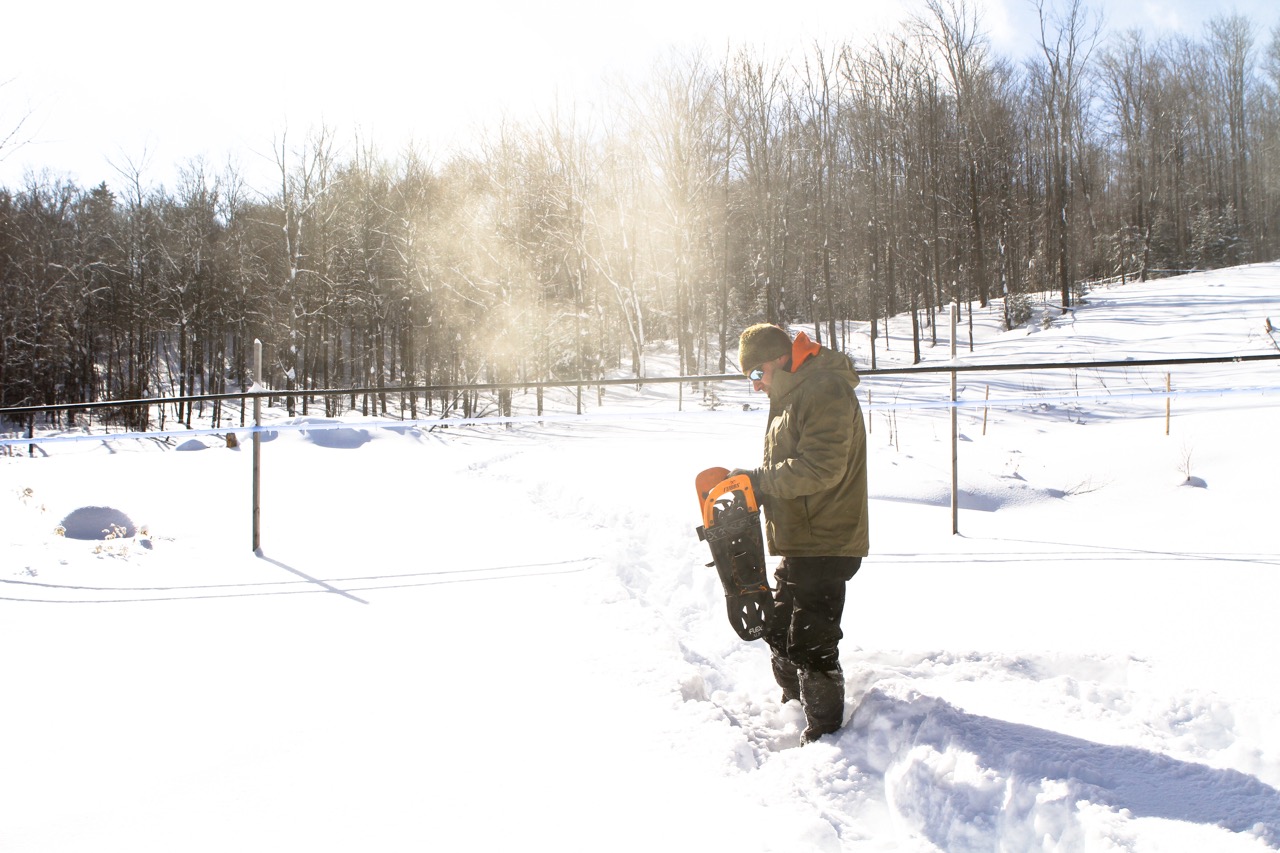Welcome to Sugaring Season
Every January, once the winter chill has settled in for the long-haul in Vermont, sugarmakers dust off the gear and get ready for the most important weeks of our whole year: sugaring season. As maple syrup producers, we talk a lot about “sugaring” – we share photos of our crew deep in the woods in their orange vests, we reference the trials and tribulations of working so closely with nature, we celebrate the delicious harvest of the season (and boy is it delicious!)…
But do you really know how maple syrup is made?
Sure, you may know that maple syrup comes from the sap of maple trees, but it doesn’t just come out as liquid gold. There is a season-long labor of love behind every bottle of Runamok in your fridge.
LET’S TAP IN:
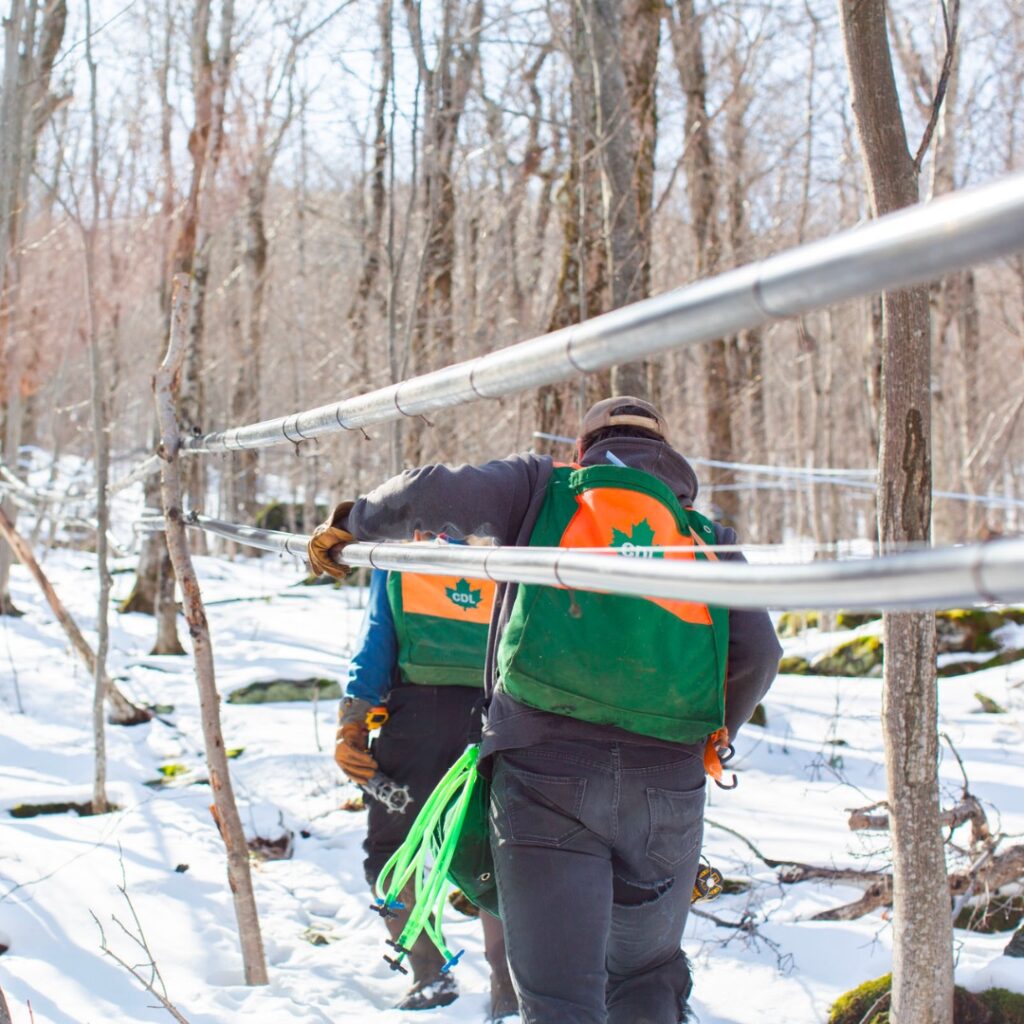
Maple syrup’s journey begins in the forest. The trees in our sugarbush are not cultivated – they grow wild among the landscape and the mountainous terrain can be challenging to navigate. Because the sap run happens in the late winter and early spring, the bulk of the prep work must be done in the depths of winter.
We have over 1,200 miles of tubing running through our woods to carry the sap down the mountain to the sugarhouse (a major modernization to the traditional method of hauling sap in buckets).
To tap a maple, a hole is drilled into each tree and a small spout is inserted to direct sap into the lines. For a few weeks each spring, when the temperature fluctuates between freezing and thawing, sap will flow into the tubing and down the mountain to our sugarhouse.
While the tubing can be left up year-round (with lots of routine repair and maintenance), our 120,000+ individual taps must be installed and removed every year for the tree’s health. Healthy maples can be productively tapped for decades.
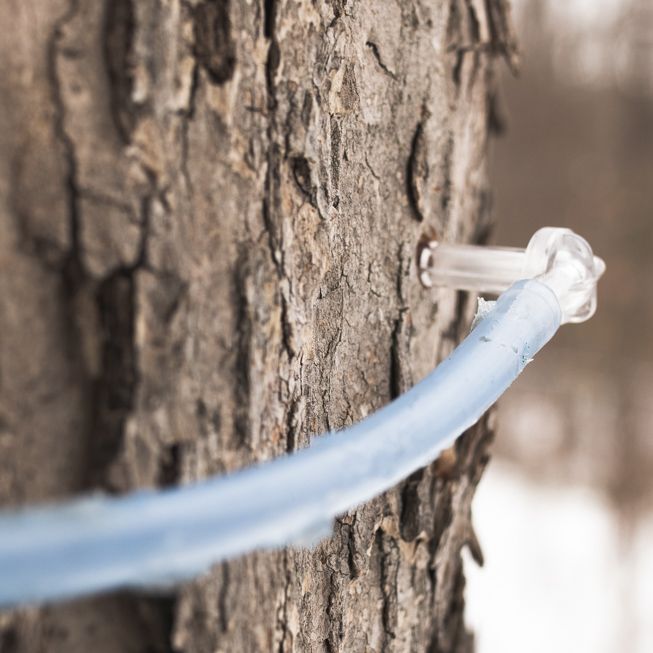
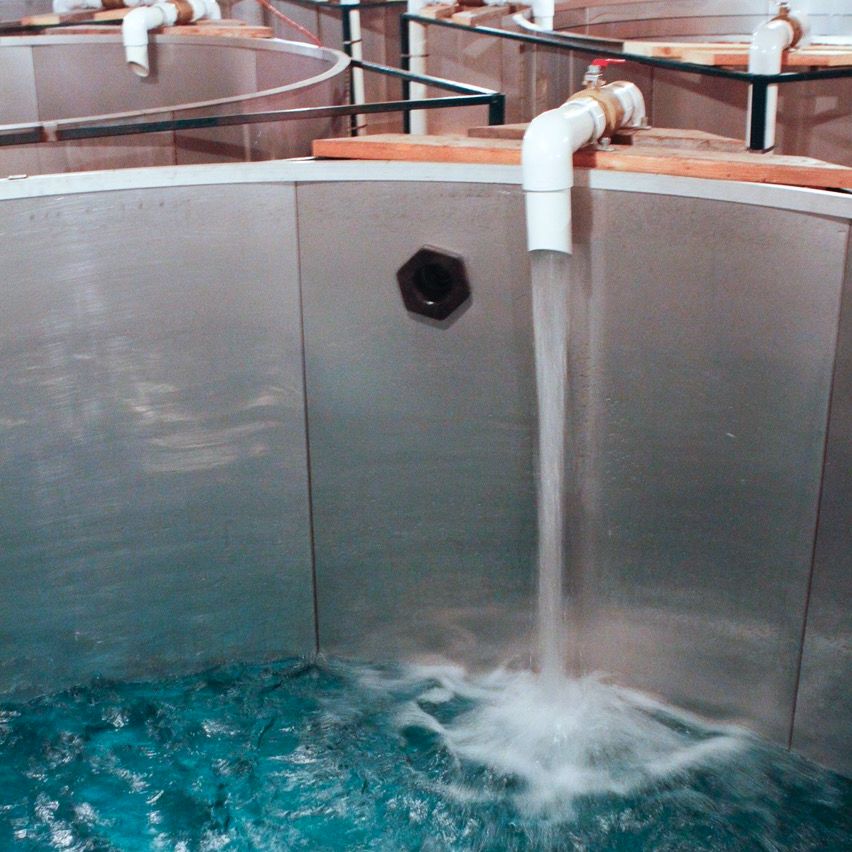
Through a combination of gravity and the help of a vacuum system, sap is pulled through the lines down the mountain to collect in our sugarhouse. Raw maple sap has the look, taste, and consistency of very slightly sweet water. Sap from sugar maples has the highest sugar content (around 2%), but you can tap other species of maple like red, silver, black, and boxelder, as well.
In order to turn this “tree water” into syrup, it must be concentrated by boiling – on average, it takes 40 gallons of sap to make a single gallon of syrup!
Before boiling, we use a reverse osmosis process to remove water and concentrate the sap – this cuts down on boil time and reduces fuel consumption. The concentrated sap is then moved to the evaporator pans to boil until it reaches the proper density and can officially be called Vermont maple syrup.
A by-product of the boiling process is the iconic steam plumes you can see coming from sugarhouse chimneys – a sure sign of spring in Vermont (and it smells amazing!).
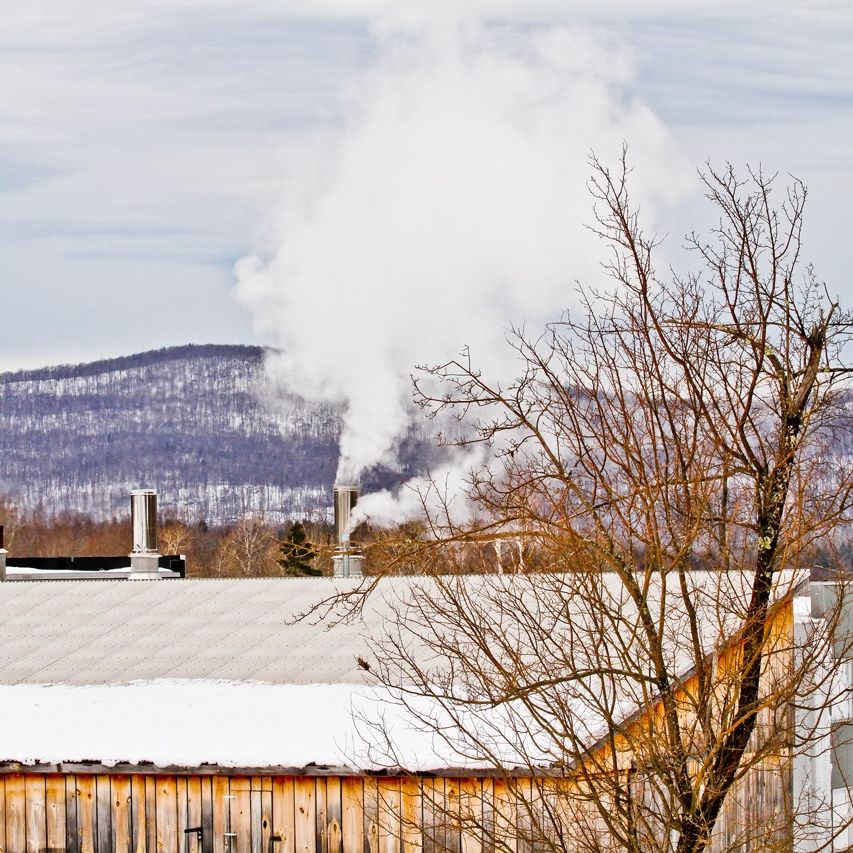
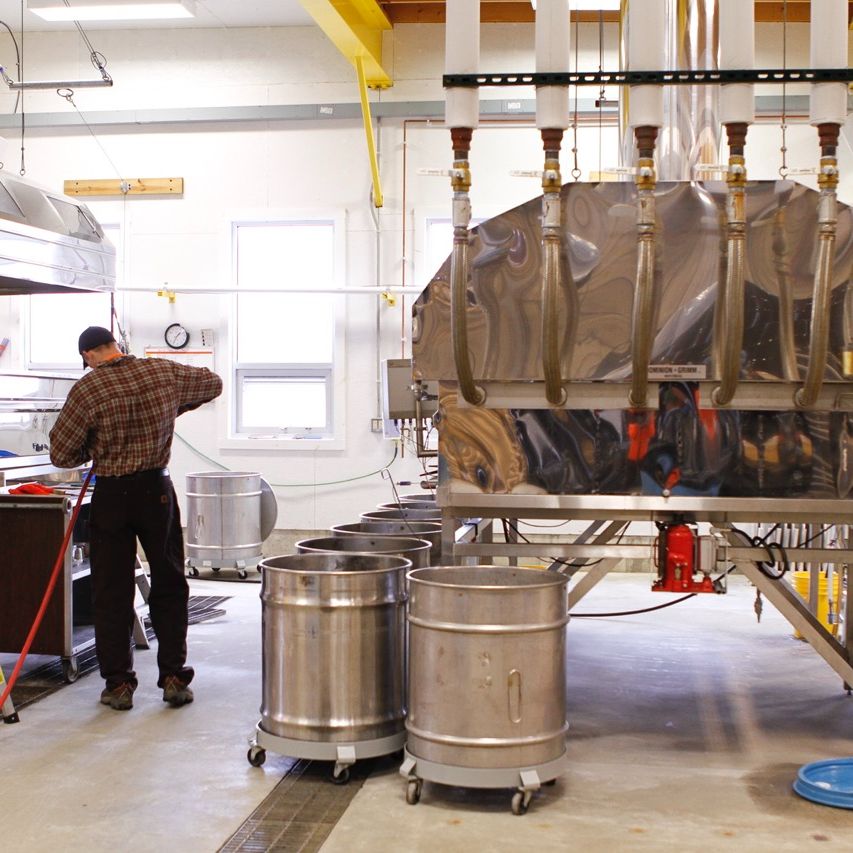
The flow of sap is totally weather dependent and unpredictable. During a big sap run, it is not uncommon to boil continuously around the clock for several days straight. Once boiled into the finished product, the syrup is loaded into barrels for transport to our nearby production facility for infusing and bottling (more on that later)…
As soon as the weather is consistently above freezing the flow of sap slows, the trees begin to bud out, and the season has reached its end.
Sugaring season is not a marathon, it is a sprint…
Each day is different and exciting, and every year brings new successes and new challenges. We’re excited to take you along on the process and share what goes into the tradition of sugarmaking, and what makes pure Vermont maple syrup so darn special.
We’d love to hear from you, too – shoot us an email at [email protected] to ask our team questions, let us know what you’d like to learn, and share how you’re enjoying the fruit of our labor.

